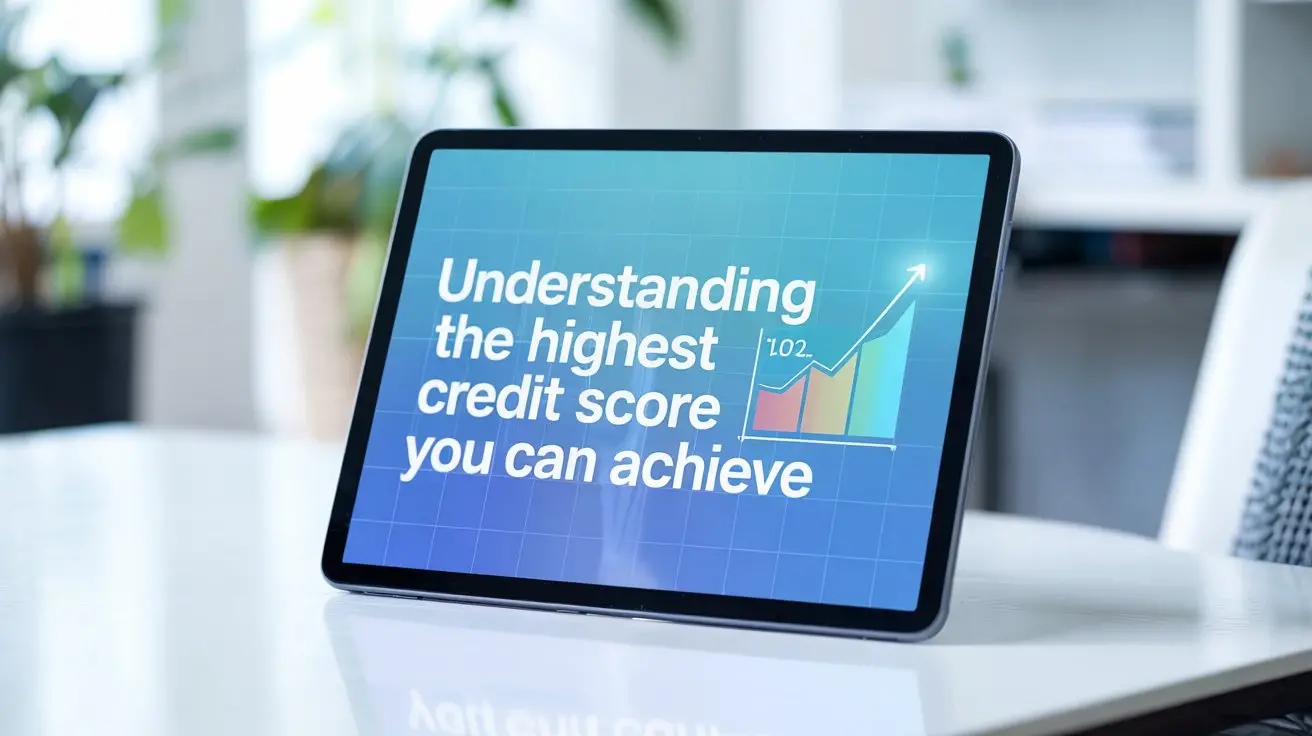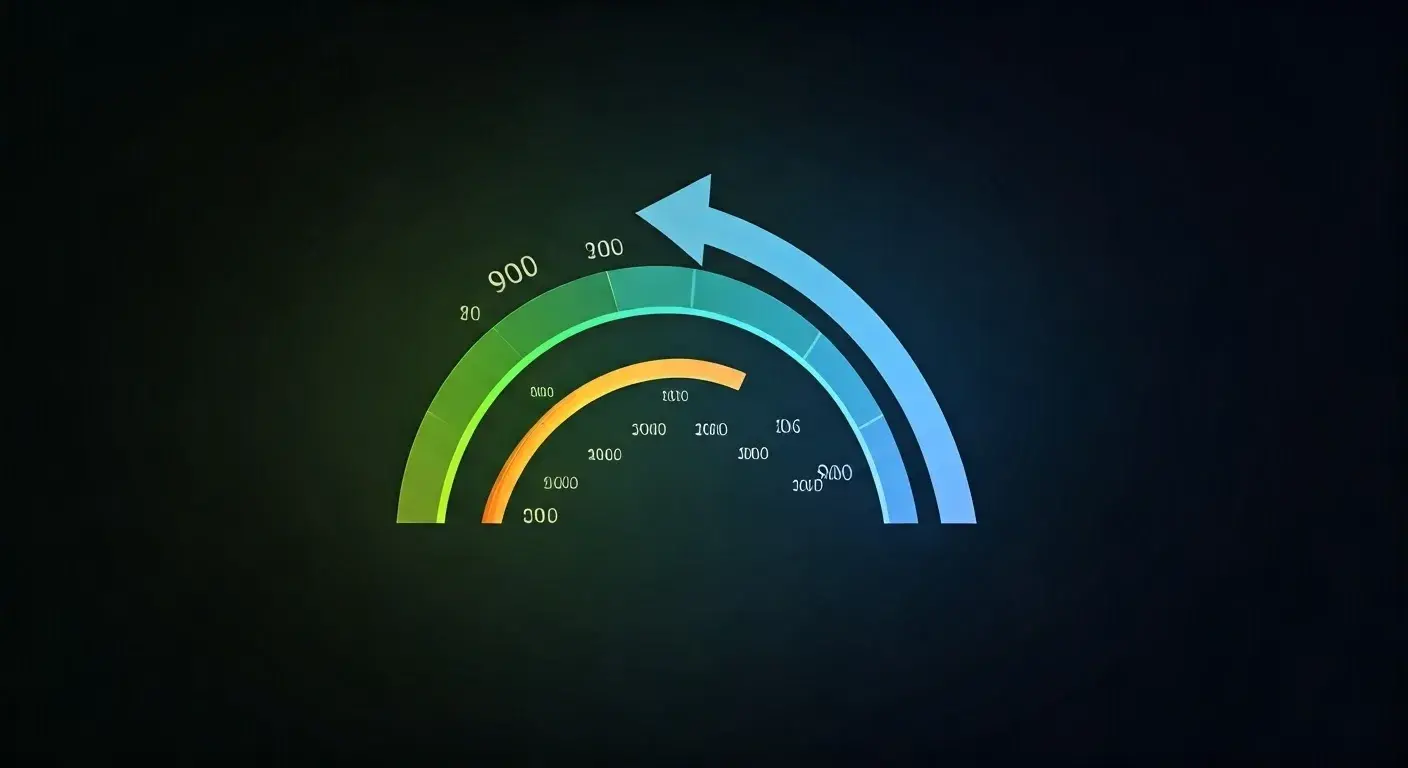-
Posted on: 25 Jan 2025

-
In today's financial landscape, a credit score is a crucial indicator of financial health. It influences everything from loan approvals and interest rates to renting an apartment and even securing certain jobs. But the ubiquitous credit score wasn't always a factor. This article delves into the fascinating history of how credit scores came to be, exploring the evolution of assessing creditworthiness and the key players who shaped this essential financial tool.
Early Beginnings: Before the Numerical Score
The concept of assessing creditworthiness dates back much further than the modern credit score. In the late 19th and early 20th centuries, local merchants and lenders relied on personal relationships and community knowledge to determine who was a safe bet. Character, reputation, and past payment history were the primary factors considered.
This informal system, while effective in smaller communities, faced limitations as populations grew and economies became more complex. Businesses needed a more standardized and scalable way to evaluate potential borrowers, especially as consumer credit began to rise.
The Rise of Credit Bureaus
The need for centralized credit information led to the emergence of credit bureaus. These organizations began collecting data on individuals' payment habits from various sources, including retailers, banks, and utility companies. Early credit bureaus acted primarily as repositories of information, providing raw data to lenders who then made their own judgments.
One of the earliest credit bureaus, the Retail Credit Company (later Equifax), was founded in 1899. Others soon followed, laying the groundwork for the modern credit reporting industry. However, these early reports were often subjective and prone to errors, reflecting the biases of the data collectors.
The Dawn of Automated Credit Scoring
The real turning point in credit scoring history came with the development of automated, statistically-based models. This innovation revolutionized the lending process, making it more efficient and objective.
Fair, Isaac and Company: The Birth of FICO
In the mid-20th century, a company called Fair, Isaac and Company (now FICO) emerged as a pioneer in the field of credit scoring. Founded by engineer Bill Fair and mathematician Earl Isaac, the company recognized the potential of using statistical analysis to predict credit risk.
In 1958, FICO introduced the first general-purpose credit scoring model. This model used a complex algorithm to analyze various factors in a consumer's credit history and generate a numerical score. The higher the score, the lower the perceived risk of default.
The FICO score wasn't immediately adopted. Many lenders were hesitant to rely on a computer-generated number instead of their traditional methods. However, as computers became more powerful and data more readily available, the advantages of automated scoring became increasingly clear.
The Benefits of Automated Scoring
Automated credit scoring offered several key benefits:
- Efficiency: Automated scoring significantly sped up the loan approval process, allowing lenders to process more applications in less time.
- Objectivity: By relying on statistical analysis rather than subjective judgments, credit scoring reduced the potential for bias and discrimination.
- Consistency: Automated models applied the same standards to every applicant, ensuring consistent and fair evaluations.
- Accuracy: Statistical models proved to be more accurate at predicting loan defaults than traditional methods.
The Evolution of Credit Scoring Models
The initial FICO score was just the beginning. Over the years, credit scoring models have become increasingly sophisticated, incorporating more data and utilizing more advanced statistical techniques.
Expanding Data Sources
Early credit scores relied primarily on payment history for credit accounts. Over time, models began to incorporate other factors, such as:
- Amount of debt: The total amount of outstanding debt relative to credit limits.
- Length of credit history: The age of the oldest credit account.
- Types of credit used: The mix of credit cards, installment loans, and other types of credit.
- New credit: Recent applications for new credit accounts.
The inclusion of these factors provided a more comprehensive picture of a consumer's creditworthiness.
Developing New Scoring Models
FICO has continued to refine its scoring models over the years, releasing updated versions that incorporate new data and improve predictive accuracy. Other companies, such as VantageScore, have also developed their own competing credit scoring models.
VantageScore, created by the three major credit bureaus (Equifax, Experian, and TransUnion), aimed to provide a more consistent scoring system across all three bureaus. VantageScore uses a different scoring range (300-850) than the classic FICO score (300-850) and incorporates different algorithms.
Key Differences Between FICO and VantageScore
While both FICO and VantageScore aim to predict credit risk, there are some notable differences between them:
- Data requirements: VantageScore can score consumers with less credit history than FICO.
- Weighting of factors: FICO and VantageScore place different weights on the various factors that influence credit scores.
- Model versions: Both FICO and VantageScore have multiple versions of their scoring models in use, which can lead to variations in scores.
The Impact of the Fair Credit Reporting Act (FCRA)
The Fair Credit Reporting Act (FCRA), enacted in 1970, played a crucial role in shaping the credit reporting industry. This federal law established guidelines for the collection, use, and disclosure of consumer credit information. The FCRA gives consumers the right to:
- Access their credit reports: Consumers are entitled to a free copy of their credit report from each of the three major credit bureaus annually.
- Dispute inaccuracies: Consumers have the right to dispute errors on their credit reports, and the credit bureaus are obligated to investigate and correct them.
- Limit access to their credit information: Consumers can opt out of having their credit information used for certain purposes, such as pre-approved credit offers.
The FCRA has helped to ensure fairness and accuracy in credit reporting, protecting consumers from inaccurate or misleading information.
The Modern Credit Score: A Powerful Tool
Today, credit scores are an integral part of the financial system. They are used by lenders to assess risk, by landlords to evaluate potential tenants, and even by employers to screen job applicants (with the applicant's permission and in accordance with applicable laws).
Factors Influencing Your Credit Score
Understanding the factors that influence your credit score is essential for maintaining good credit. Here's a breakdown of the key factors:
- Payment History (35%): This is the most important factor. Paying your bills on time, every time, is crucial.
- Amounts Owed (30%): This refers to the amount of debt you owe relative to your credit limits. Keep your credit card balances low.
- Length of Credit History (15%): A longer credit history generally indicates a more reliable borrower.
- Credit Mix (10%): Having a mix of credit cards, installment loans, and other types of credit can be beneficial.
- New Credit (10%): Opening too many new credit accounts in a short period of time can lower your score.
The Future of Credit Scoring
The future of credit scoring is likely to involve even more sophisticated data analysis and the incorporation of alternative data sources. Some potential developments include:
- Alternative data: Using data from sources such as utility bills, rent payments, and mobile phone bills to assess creditworthiness, especially for individuals with limited credit history.
- Machine learning: Employing machine learning algorithms to develop more accurate and predictive credit scoring models.
- Real-time data: Incorporating real-time data, such as bank account activity and online transactions, to provide a more up-to-date assessment of credit risk.
These advancements could make credit scoring more accessible and accurate, helping more people gain access to credit and achieve their financial goals.











